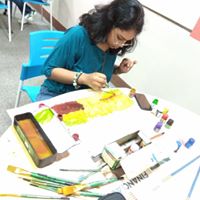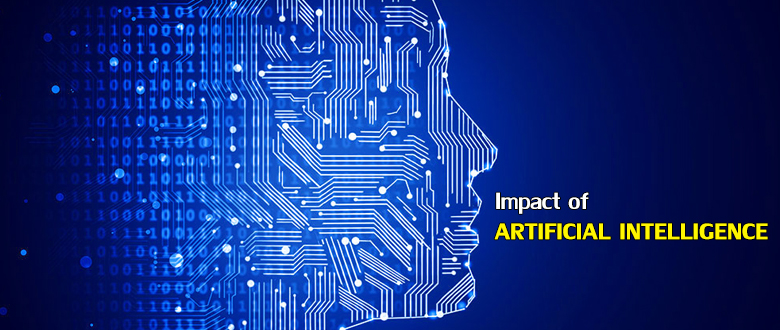Introduction
The world of education has been ever changing and evolving. The unprecedented situation created by the global pandemic , Covid 19 has prompted higher education institutes to rethink yet again. Educators have been researching on the best ways to inculcate the appropriate skills in students and also making efforts towards bringing the best of talent to teach students. It is a difficult task to design a program that meets the needs of students who are from diverse backgrounds and ensure that they get the kind of education that fulfills their purpose and ambitions.
Teaching Pedagogy
Teaching pedagogies are being developed to include interactive and engaging experiences rather than simple dissemination of information. Earlier research suggests that the essence of teaching lies in the faculty’s ability to reflect on their style of teaching. Critically evaluating one’s own method of teaching by making notes and constant reflection may help faculty to improve the student’s “meta-cognitive awareness” and thus help him become a better decision maker (Cook-Sather, 2012). Education is being seen as a means to enable the student to be ready for the real world. Hence it needs to include more of practical application of concepts that provide students experiential learning rather than theoretical knowledge. Teaching methods have been changing from lecture method to flipped classroom, case studies, and blended learning. Technological advancements have enabled blended learning mechanisms where students can learn theoretical concepts through online lectures and use face-to-face class room interactions more effectively. Organisations like Adobe, Cisco and Microsoft, for their growth and high valuations, are investing in building education as a focused vertical and devising ways to help bring technology to the classroom. The idea is to use the classroom time for meaningful interactions. Many educational institutions advertise their tech- savvy classrooms with pride and showcase the flexibility given to students in completing the requirements of their curriculum.
Student Engagement
Student engagement was highly linked to campus life until now. This included all kinds of engagement – class room interaction, clubs and societies, participation in activities and contests, process of internship and placement services, sports and many more. All these are various ways by which a student’s personality takes shape, makes a student more competitive and responsible and helps in development of leadership skills. The process of engaging students is again being re-thought now to include same services online. Institutions have to use technology and deliver the same course and curriculum to the students through various available platforms provided by Microsoft, Google, Zoom etc. However there is a constant evaluation of whether the students are truly feeling “engaged” or is it a one sided discourse which ends after a session. The guidelines provided by Seven Principles of Good Practice in Undergraduate Education (Kuh, 2001) are still relevant from the perspective of being assessed on learnings, value time factor and applying the learnings in their lives.
This continued uncertainty of Covid-19 has made educational institutions look at ways to “manage” the situation rather than reflect on the purpose of education. In the absence of campus driven activities, student engagement is being looked at differently. The very nature of teaching and learning may undergo a transformational change. Private colleges like IILM have created Undergraduate and Postgraduate Student Engagement teams working towards understanding the perspective of students and creating a schedule for engaging students. Focused group discussions are being done with students across campuses to understand what students are excited about and what are their barriers to learning and feeling engaged. Several inputs were shared by students which have been referred to here. Instagram pages run and managed by students wherein they can showcase their talents, writing blogs on previous trips made and their experiences, interactive webinars to hone up specific skills and inspiring lectures by industry experts are few of the ways that can promote learning apart from the focus on the program curriculum. The evergreen alternatives of having fun sessions that promote positive interaction, buddy programs for those students who have freshly enrolled in the system, and the joy of being rewarded by peers and teachers for various initiatives are always welcome. Students with writing skills can be prompted to run editorial columns/blogs/newsletters whereas students who are more adventurous can be asked to lead Instagram pages. Social media contests like innovative cooking, gaming and talent hunt are few which can grab their interests and make them feel engaged.
The Dilemma
There is a marked difference found in the offerings of distance learning and on campus learning’s’ which institutions were earlier using to differentiate as premium learning. Face to face interaction induces better comprehension and teachers can pull students into discussions, design activities for them and provide real time presentation opportunities thereby helping develop the complete personality of the student. A very obvious fact with the on-campus option has been the experience of the student life and its lifelong influence and networks. The thought and the fear of online education impacting the campus/classroom based training has been in existence for many years however it is only the current crisis that has made it look strong. The need for value delivered through sustainable student engagement in various facets and not just limited to academics will have a huge role to play.
Educational institutes will need to think beyond clubs and societies and show their creative side to win and sustain themselves in these uncertain times. The question is whether institutes will go back to their earlier way of teaching, post Covid -19 or will be able to bring about a more permanent change in their approach to imparting knowledge and look at higher education as a changing paradigm. A lot will depend on how the situation shapes up, however we have to be prepared now.
Remedial Plan
Educational Institutes might consider restructuring their current curriculum in order to plan for blended learning. A combination of online education along with class room teaching would gradually gain importance wherein students can learn the theoretical concepts online, but still have face to face classroom experience wherever necessary. Choosing the right online platform from among the list of options available is also an important factor that will help the institute connect with students and provide different and interesting modes of course delivery and thereby engagement with students. Maintaining high standards of quality education under all circumstances along with an element of differentiation is a must to create a platform for the institute and to attract students. Overall, institutes will require to rethink their current strategy and approach in order to sustain in this uncertain environment.
References
George D.Kuh (2001) Assessing What Really Matters to Student Learning Inside The National Survey of Student Engagement, Change: The Magazine of Higher Learning, 33(3), 10-17, DOI: 10.1080/00091380109601795
Cook-Sather, A. (2012). Lessons in higher education: Five pedagogical practices that promote active learning for faculty and students. Journal of Faculty Development, 26(1), 33–39.







